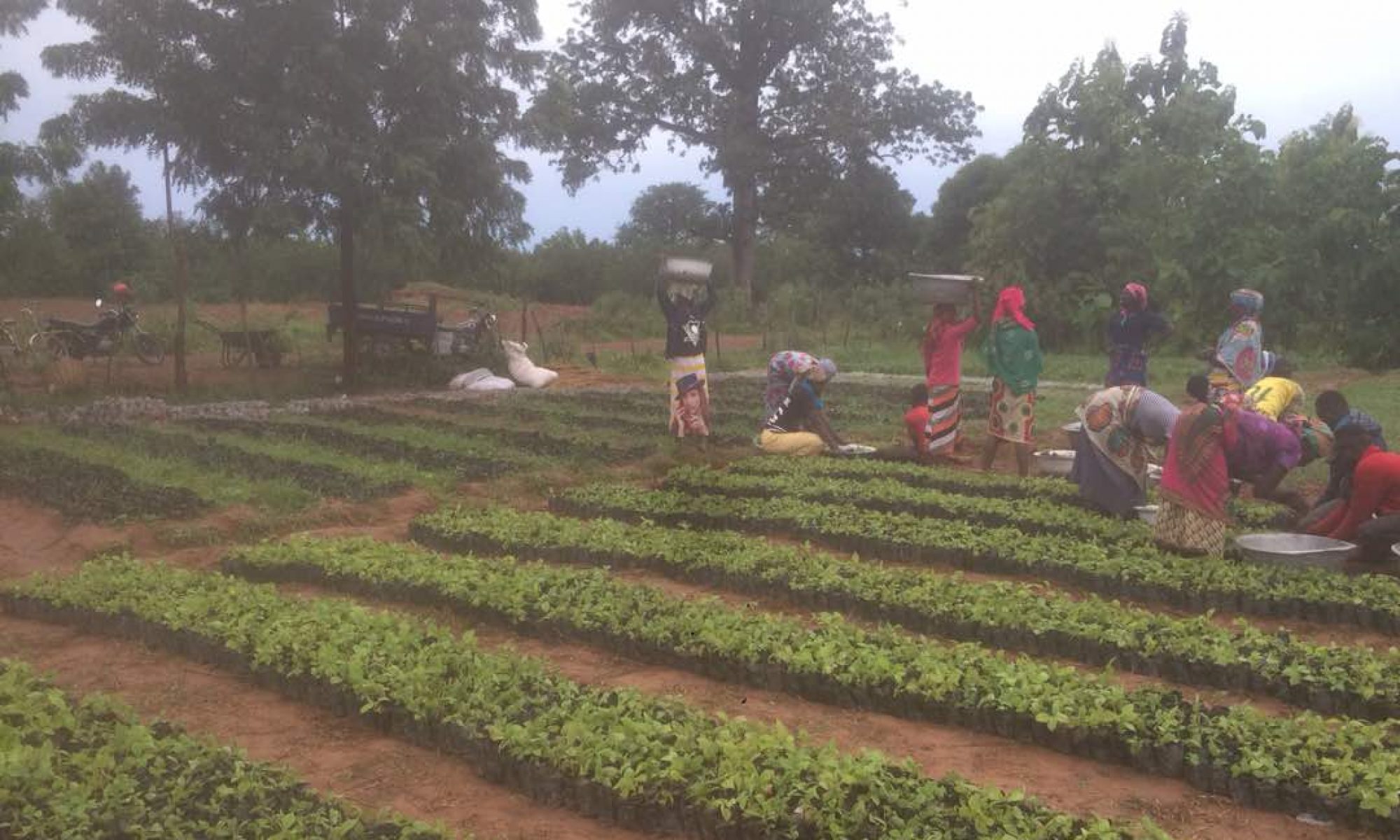ICIOA in collaboration with NCVO Scotland have embarked on the following projects which tie in several SDG goals. All these projects have the aim of of job creativity and employability and also developmental to assist in developing some rural industries.We are presently working on getting volunteers to for all our projects.
One of our first projects is the promotion and use of Burnt Bricks in the constructions of cottage industry and rural housing home units in Ghana.
Introduction
Burnt brick and the tiles have been and still continue to be the prime material for constructions of residential accommodation and other public infrastructure in many developed nations of the world. In Ghana however the use of this excellent building material has stagnated over the years. This situation has come about because of the low levels of production and the relatively too high cost of the product.
Gihoc, Bank of Ghana, Agic development Bank and the National investment Bank have made failed attempts into the brick and tile industry. The above mentioned ventures were all capital intensive and entailed the use of heavy clay working machinery and other infrastructure. Their failure could be attributed to
1) Inadequate Technical management;
2) Under capacity utilization;
3) General managerial Inadequacies.
The existing brick and tile factories are faced with similar problems. The large scale productions approach has so far not been sustainable in the country.
Solutions of the problems
The small scale labour-intensive communal approach to brick production needs to be promoted. The aim is to spread knowledge about the production and to popularize the use of brick and tiles in Ghana.
Community owned Labour intensive brick and tile production.
Main advantage being ownership of clay deposits
Clay, the raw material for the production of brick and tile, can be found in a large deposits in all the 10 (Ten) regions of the country. The raw material is underutilized because of the general lack of basic knowledge about production involving its use. The basic production methods that have existed during medieval times are still relevant and in use in places such as India, Bangladesh, Pakistan, China and in some parts of the East and South Africa. It is best carried out through community effort.
Implementation
A technical Team made up of 10 resource person’s will be instituted. The team will make a contract with the various district assemblies all over Ghana with the view to collect samples of clays to be tested for their suitability in the production of brick and tile. The tonnage estimates on the samples so received will be sought from the Geological survey department.
The team will identify the suitable locations for the setting of the community production plants and will identify the most suitable to be used in the firing of the products. The team will design a reclamation plan for the various clay winning sites. The team working with the assembly will recruit and train local people in the production of of brick and the tile.Some local people w/o also be trained in brick laying.
